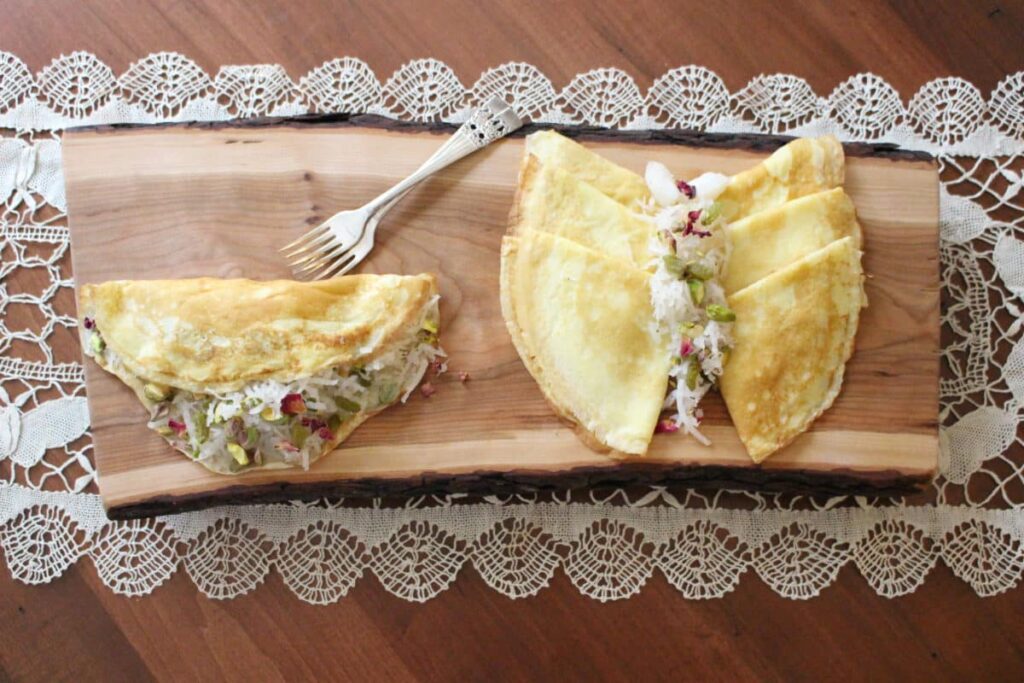The United Nations: International Nowruz Day is March 21
Inscribed in 2009 on the Representative List of the Intangible Cultural Heritage of Humanity as a cultural tradition observed by numerous peoples, Nowruz is an ancestral festivity marking the first day of spring and the renewal of nature.
Nowroz, also known as Navroz, Newruz, Nawroz, Nauryz, Norooz, and several other variations, is an ancient festival marking the Persian New Year and the arrival of spring, with origins over 3,000 years ago in the Zoroastrian religion. Celebrated on March 21st, it symbolizes the renewal of the Earth, the triumph of light over darkness, and is observed widely across Western Asia, especially in Iran, Kurdistan, and among Kurdish communities globally. The Parsi community in India, referring to it as Navroz, partakes in this celebration, highlighting its widespread cultural significance. Festivities include lighting bonfires, dancing, and preparing special foods, embodying the spirit of rejuvenation and hope.
The celebration of Newroz is accompanied by the preparation and enjoyment of special foods that vary across different cultures, each adding a unique flavor to the festivities. In Iran, the holiday feast might include Sabzi Polo Mahi, a dish of herbed rice and fish symbolizing rebirth and life. Kurdish regions often enjoy Dolma, stuffed grape leaves that signify the coming of spring. In Central Asia, sumptuous spreads might feature Nowruz Kebab or Nauryz kozhe, a special soup that brings together the community. The Parsi community in India celebrates with a variety of traditional dishes such as Pulao and Falooda, blending sweet and savory flavors to mark the occasion. These diverse culinary traditions not only add to the richness of Newroz celebrations but also reflect the shared joy and renewal that the festival brings to communities around the world.


